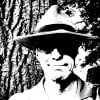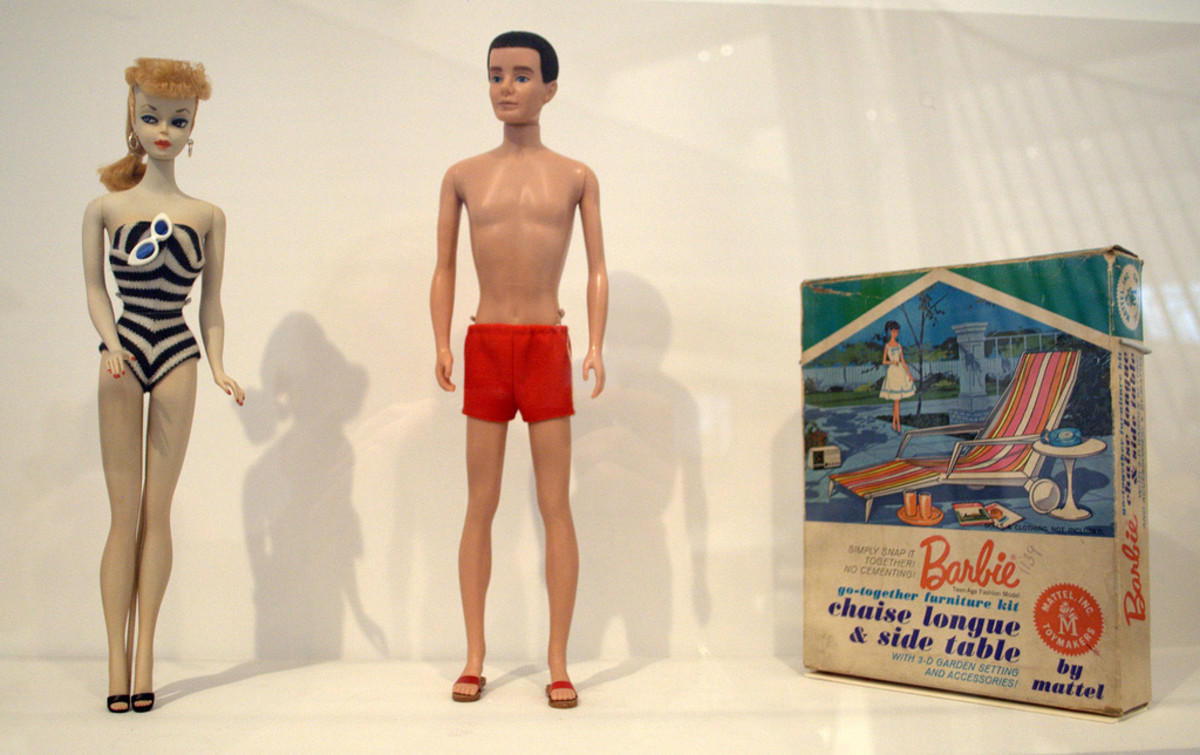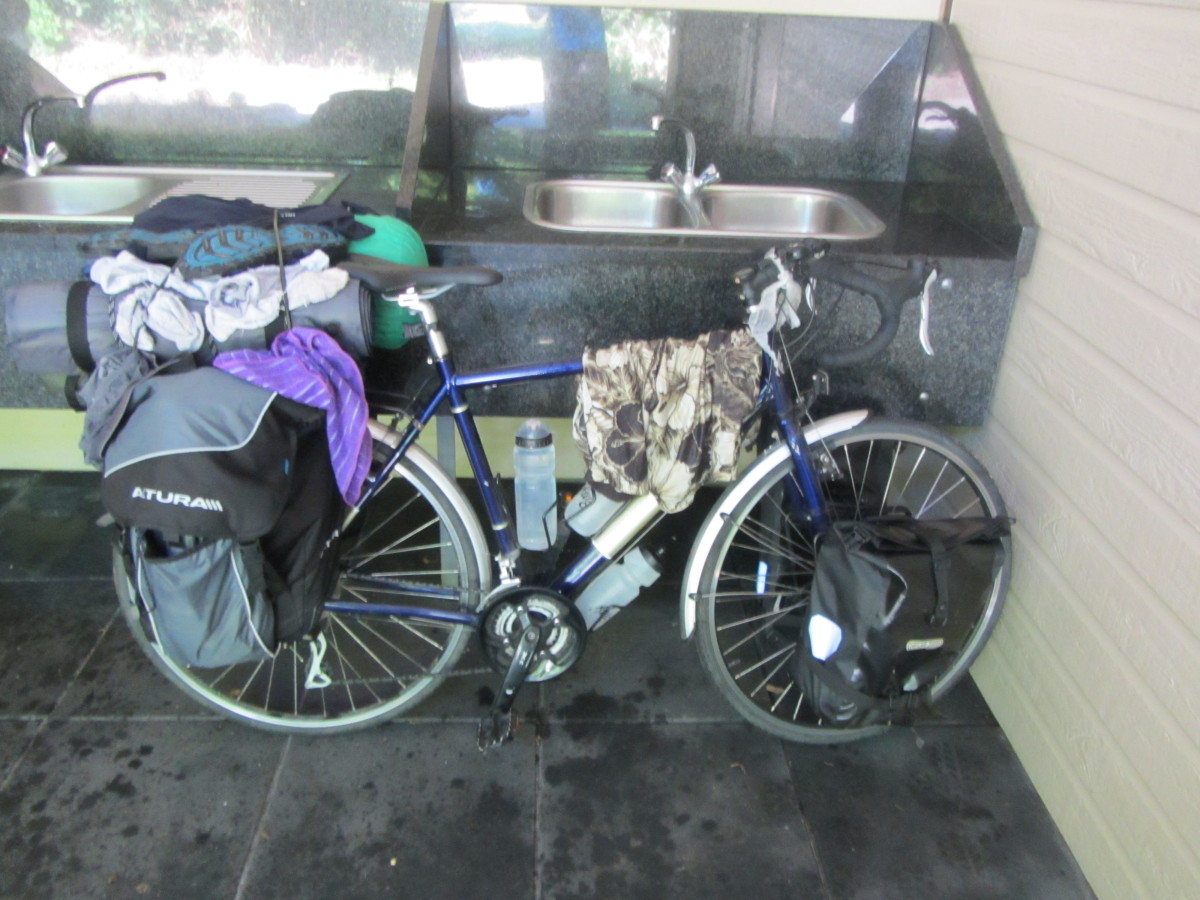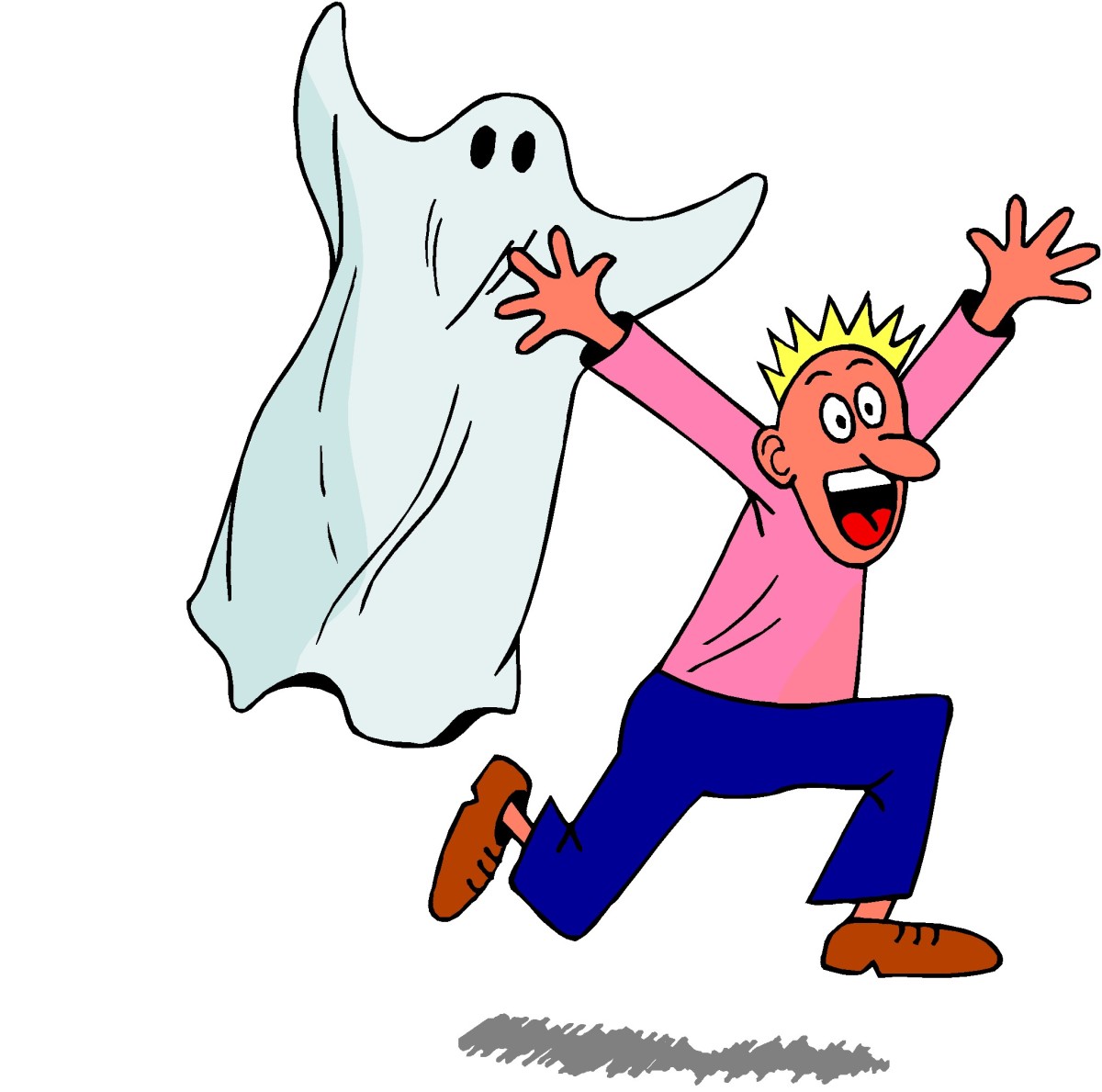Cycle of Life: Lessons Learned on the Bike
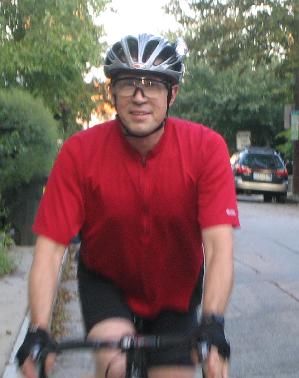
Cyclical Philosophy
Bicycling is not only a sport, but a means of transportation to get a person from one place to another. It is a means of negotiating a road just as philosophy is a means of negotiating life. In both there are directions to take, choices to make and destinations to choose. In both philosophy and cycling, one has to choose their way and learn from their mistakes. Following are a few of the lessons I've learned on the bike that I have been able to take with me into the larger realm of life as a whole.
Exercise in the Morning
Traditionally, Native Americans of the Navajo Nation begin each morning running toward the east to greet the gods that come up with the sun. Native American tradition says that a runner creates a "living cord between the earth and sky." This is how I feel when I bike to work in the morning: I am creating a connection between myself and my universe. What better way to start the day?
I notice that when I take the train to work, whether I read or sleep or just sit there, I arrive tired and lethargic and have to rev myself up for the repetitive work I do all day. When I drive, I arrive aggravated. When I bike, on the other hand, I arrive energized and positive. After all, I just had an adventure! And I am really, really ready to start my day.
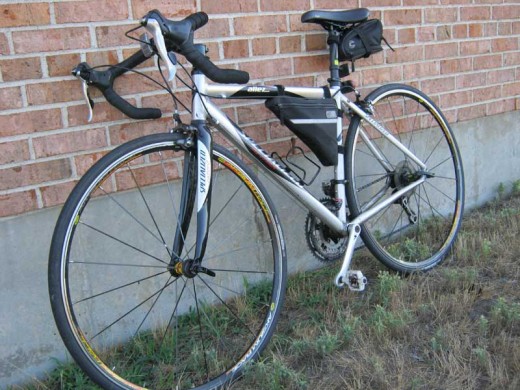
Dealing With Danger
One of the benefits of cycling to work is the danger. Yes, that's right: the danger. Most of the danger comes from "sharing" the road with cars.
Dealing with a greatly superior and often hostile force is full of important life lessons. Some of these lessons I learned the hard way. For example, once I was riding along down the right hand side of a line of cars stopped in the road. I didn't think that they might stopped for a REASON. So when the oncoming car turned across my path I was unprepared. My bike smashed into the side of the car and I did a shoulder roll across the hood, collecting some road rash as I skidded to a stop on the pavement on the other side. Well, let me tell you, it didn't take me but four or five times to realize that when cars are stopped like that in a line like that, they are waiting for something to happen. If you are a bicyclist, you don't want that 'something' to happen to you. So I learned to slow down and find out what it is before I smack into it.
Several times cars have sped up to beat me to a corner and turn in front of me. A couple of times I hit them, and several times I have gone down. Luckily I have not ended up under any-one's wheels, but instead have learned to listen for the car accelerating to beat me to the turn and slow down in time to avoid the collision.
Sometimes a bicyclist is just going to crash. It happens. But knowing that you might hit a deep patch of sand or gravel, you might misjudge a turn, or you might forget to pop out of your pedals in time serves to remind you that these things might happen and encourage you to watch out for yourself to try to make sure that they don't.
Extending these lessons brings up the wider idea of anticipating problems. Granted, in life, some bad events simply drop out of the sky onto you and you have no choice but to deal with them. However, many times, if you examine the event in your memory, you will realize that you could have avoided a disaster by noticing the warning signs.
When I ride I am totally alert and every sense is turned up to maximum. I am watching for the door of the parked car to swing open in my path or the car darting out of the driveway; I am listening for the sudden sound of braking or accelerating behind me; and I am feeling the road surface through the bike for adverse conditions.
When I am not riding, I am still in tune with my surroundings. On a dark street I hear the footstep or the car door open, and in my home I am conscious of the background noises, whether some child is doing something they shouldn't or some washing machine or furnace is about to go ka-fluey. Watching for hazards on the road has taught me to watch for hazards in the rest of life, too.
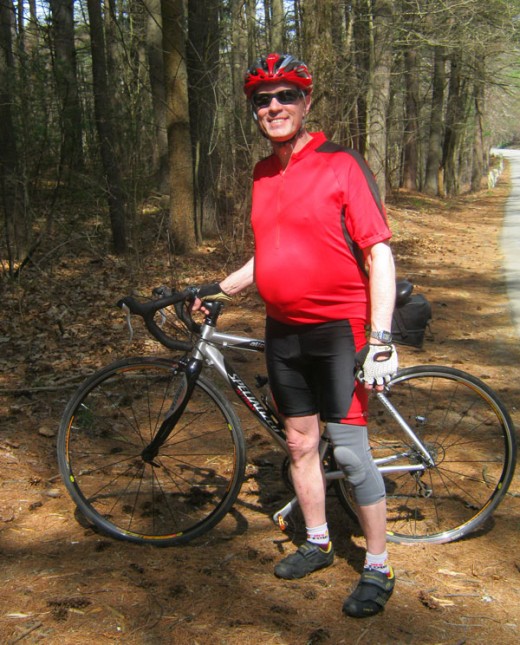
Courtesy
Although I seem to be alone in this realization, I have found that one of the best ways to avoid danger on the road as a cyclist is to show courtesy and to maintain a courteous attitude. Most cyclists seem to feel that they need to fight for their rights on the road against drivers who regard them as persona non grata. I agree that a little bit of that is sometimes necessary, but usually in my experience drivers respond better to courtesy than confrontation. Hand signals and a polite wave of thank you or "my bad" can go a long way toward taming road rage, and a courteous response to road-rage-induced invective can calm down an enraged driver who might otherwise take out his rage on some other innocent victim down the road.
Likewise in life, although there are certainly times to play hard ball, as the saying goes, one can trap a lot more flies with honey than with vinegar. If you want to get people to cooperate, being nice works a lot better (generally speaking) than being a jerk.
Cycling taught me why it is important to be courteous.
Planning
Both the hazards of day to day commuting by bicycle and training for bicycling events have taught me to plan better. I need to plan what to do if I get a flat tire. I need to plan to have biking clothes and work clothes to change into. I need to plan to maintain my bicycle.
One reason my near-death cycling experiences have greatly decreased in frequency and ferocity is that I have taken the time to plan my route. My main criteria? To avoid parked cars. Parked cars are the cyclist's bane. After dodging doors for a couple of years on commutes though high-traffic business districts I finally got wise and designed a new route past a couple of parks and golf courses. I looked at MapQuest and checked out the route I should take, then I drove it to check it out. It turned out it wasn't even any longer than my old route, just more peaceful.
Although it takes much more courage and willpower to plan a route through life than a route for a bicycle commute, the same principles apply.
- You must recognize that a problem exists
- You must overcome your own inertia
- You must do the research
- You must make the new plan
- You must test the new plan
- If it passes the test, you must implement the new plan
Yes, I know it sounds like a lot of work, but if you do the research and testing, you'll know you're doing the right thing.
Cycling has taught me the value of planning.
Focus
When I ride my bicycle, I must focus. I must keep optimum position on the bike. I must keep a steady pace. I must shift smart. I must listen and watch for road hazards. I must feel for adverse road conditions. I must be prepared to react.
To be focused is a good way to live life. To notice every nuance and potential problem, every sound and sight, smell, taste, and feel is to get the most out of life. To be ready to react and ready to recover is the essence of survival.
For about two hours a day, when I commute by bicycle, I am utterly focused on cycling. It's like meditation. When I am finished with my ride, my mind is clear and I am more than ready to face my next challenge.
